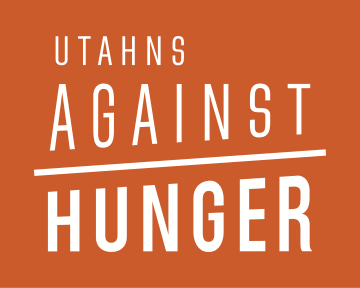Highlights from the report include:
- Median household income increase in real terms by 3.2%, from $57,230 in 2015 to $59,039. This is the second consecutive annual increase in median household income.
- The official poverty rate fell by 0.8% from 13.5% in 2015 to 12.7%. This is the second consecutive annual decline in poverty. Since 2014, the poverty rate has fallen 2.1 percentage points from 14.8% to 12.7%.
- The Utah poverty rate fell 1.1% from 11.3 in 2015 to 10.2%.
- There were 40.6 million people in poverty, 2.5 million fewer than in 2015 and 6.0 million fewer than in 2014.
- The poverty rate in 2016 (12.7%) was not significantly higher than the poverty rate in 2007 (12.5%), the year before the most recent recession.
- The Supplemental Poverty Measure, which counts most government benefits as income and adjusts the poverty levels by geography (taking into account cost of living) decreased 0.6%, from 14.5% in 2015 to 13.9%.
- The percentage of people with health insurance coverage for all or part of 2016 rose to 91.2%, 0.3% points higher than the rate in 2015 and a historic high.
The report reveals good news about the U.S. economy, especially that poverty is nearing pre-recession rates. These findings also highlight how key assistance programs, including the federal nutrition programs, are to our economy. SNAP alone lifts nearly 5 million people out of poverty, including 2 million children. In addition, every $5 in new SNAP benefits spent in our communities generates as much as $9 of economic activity. Gains in income and declines in poverty will continue as these programs remain protected, and families have opportunities to find and keep work.
Unfortunately, federal nutrition programs, as well as other assistance programs, are under attack. The White House budget released in May proposed $1,054 billion in cuts to critical anti-poverty programs, including $193 billion to federal nutrition assistance programs. In addition, the House of Representatives 2018 Budget Resolution, which is still open in Congress, included dangerous cuts and structural changes to programs such as SNAP, child nutrition programs, Medicaid, Medicare, SSI, TANF, low income tax credits, college financial aid, and other supports to low and moderate income families. Specifically, it calls for $150 billion in SNAP cuts over 10 years and a $1.6 billion cut to school meals over 10 years.
As the new poverty data demonstrates, our economy is finally returning to pre-recession levels. However, many Americans are still hurting. Cuts to federal assistance programs will not only set these families back, but will also set back the economy at large.
We urge everyone to:
Contact your Congressperson in the House of Representatives and express your opposition to the House Budget Resolution.
- Rep. Rob Bishop (1st district): 202-225-0453
- Rep. Chris Stewart (2nd district): 202-225-9730
- Rep. Mia Love (4th district): 202-225-3011
Contact Utah’s Senators and ask them to express opposition to these harmful cuts in the House budget and work to ensure that the Senate Budget Resolution does not harm programs that protect low and moderate income Utahns.
- Sen. Orrin Hatch: 202-224-5251
- Sen. Mike Lee: 202-224-5444
